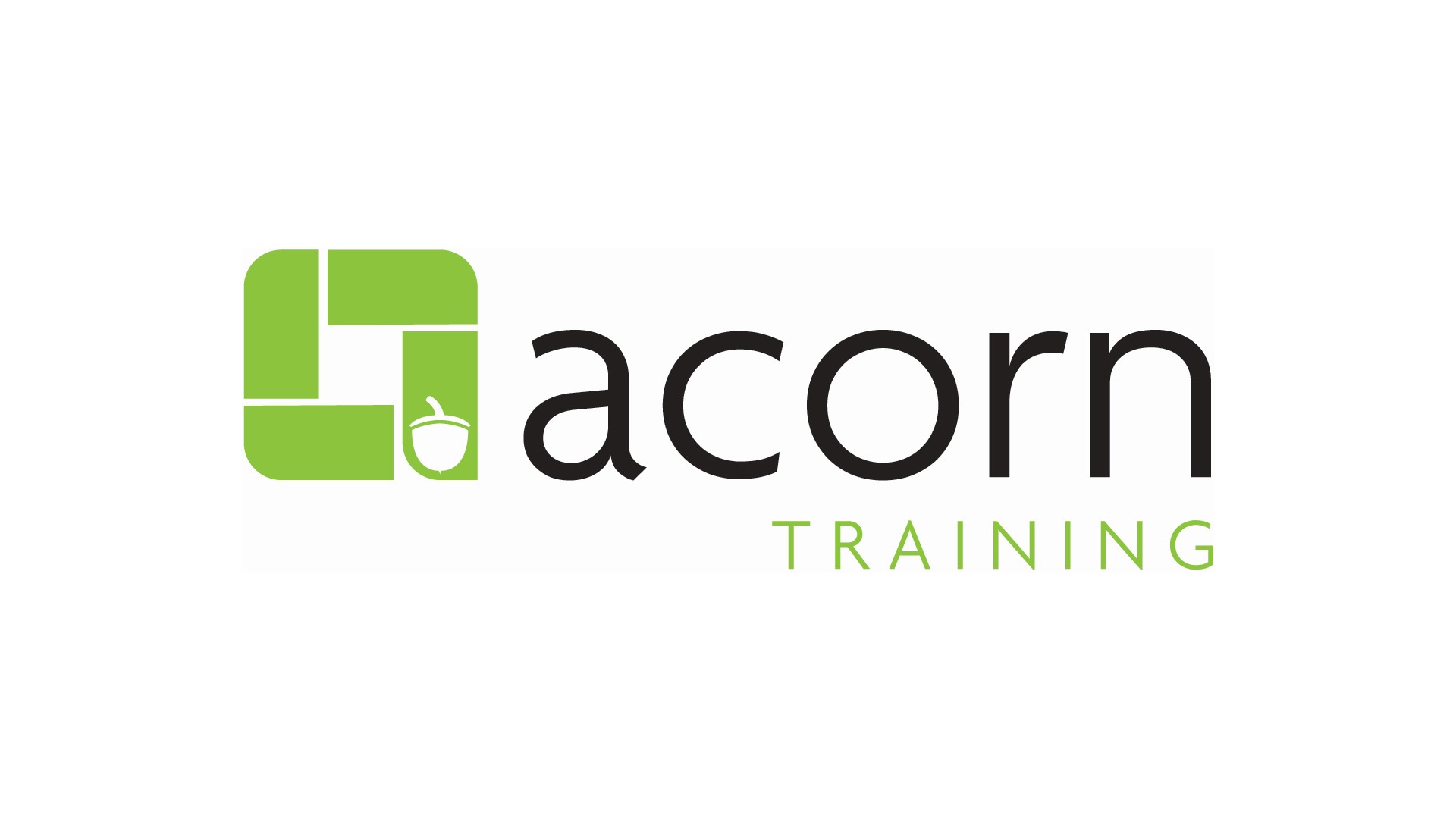End Point Assessment
(needs to be re-written)
End-point assessment. It’s a term you’re probably hearing a lot right now if you’re involved in training and development, or work for a business that has to pay into the apprenticeship levy. So what is it? How does it work? And what does it mean for your business?
What is end-point assessment?
End-point assessment (EPA) is the way in which apprentices are assessed at the end of their programme. Previously apprentices were continuously assessed throughout their learning. With EPA, it means that apprentices now have their work and competence assessed at the end of their learning, against ‘apprenticeship standards’ established by groups of employers, educators and sector organisations known as ‘apprenticeship trailblazers’.
How does EPA work?
The things on which an apprentice is assessed are determined by something called the ‘assessment plan’. This is produced by the trailblazer group (the same group that defines what apprentices should learn). Assessment plans focus on the knowledge, skills and behaviours that an apprentice will have learned during their training (or the ‘KSBs’). The KSBs can be evaluated by a variety of assessment activities including examinations, assignments, interviews or observations at work. The assessment plan for each particular apprenticeship standard makes clear which methods need to be used during assessment.
When does the EPA take place?
Apprentices must complete their on-programme training first. They must also complete all the mandatory aspects of the apprenticeship standard they are learning, as well as any other work specified that will be assessed. This second part is known as ‘gateway’. Once gateway has been achieved, the apprentice can be put forward for their EPA by their employer or training provider.
Who carries out the EPA?
An independent end-point assessment organisation (EPAO) must be involved in the EPA of each apprentice, so that all apprentices following the same standard are assessed consistently.


